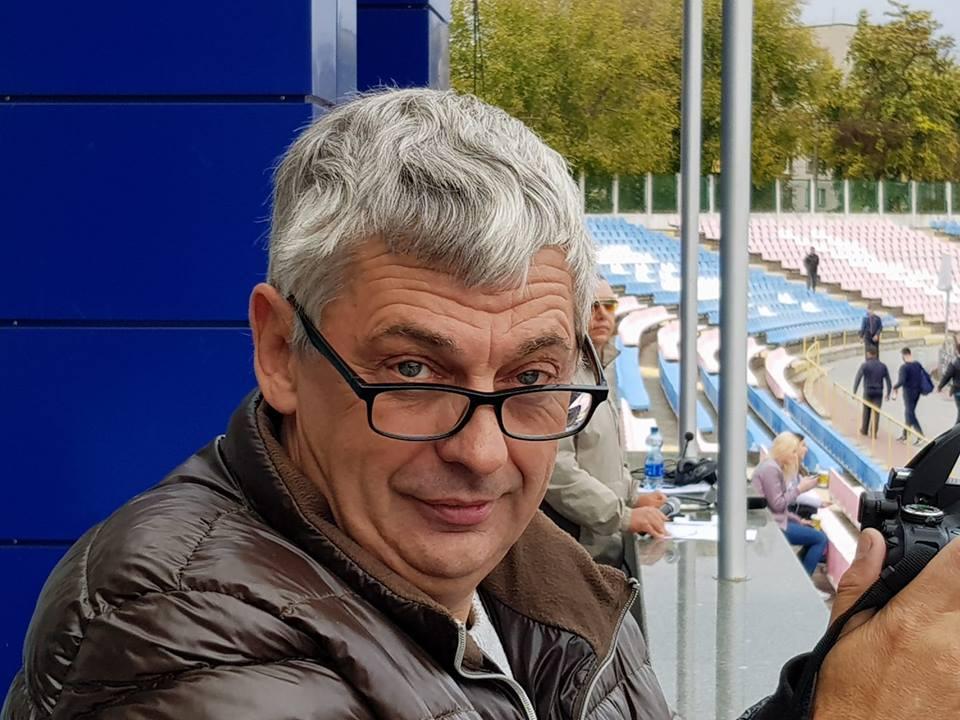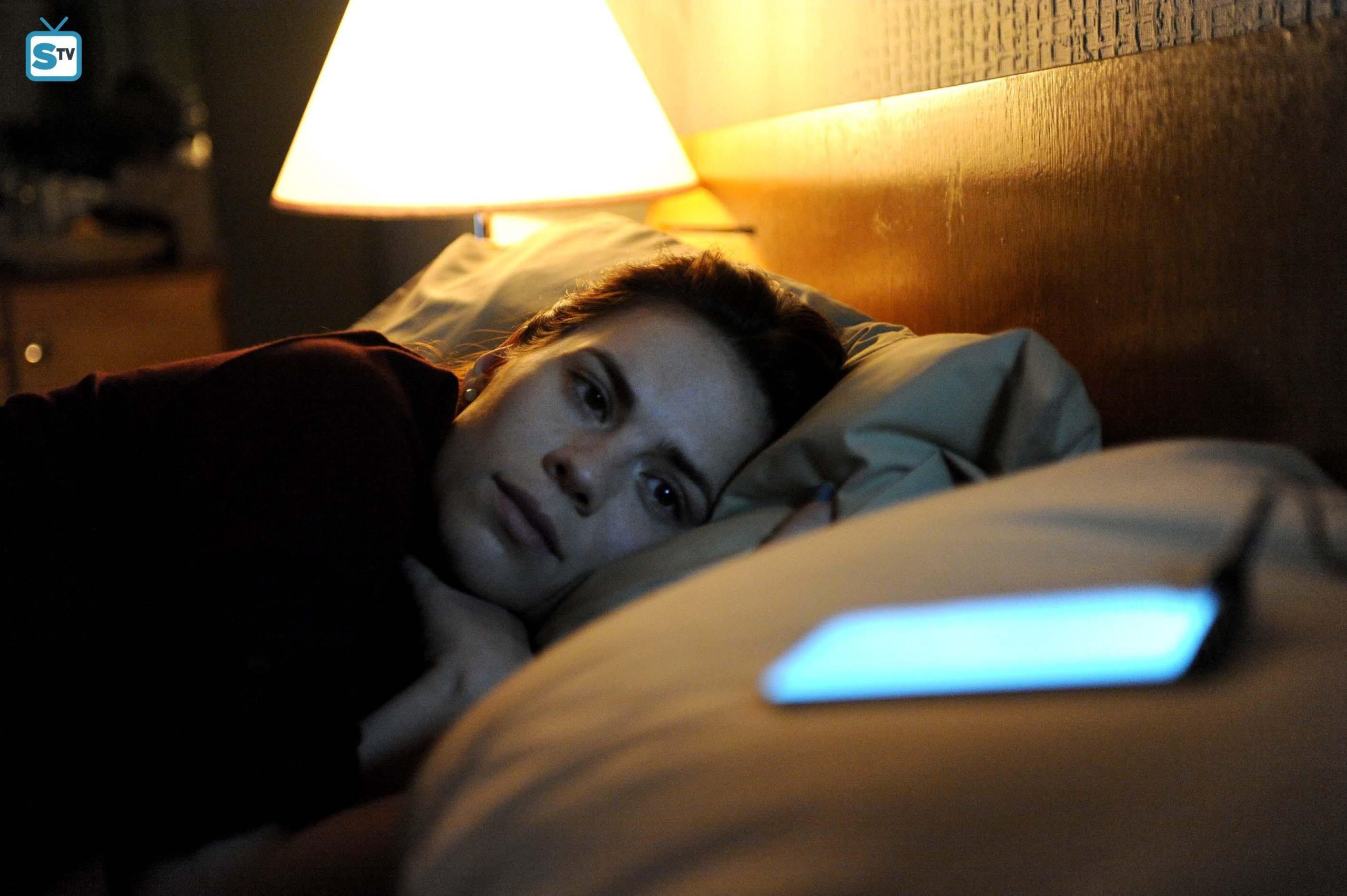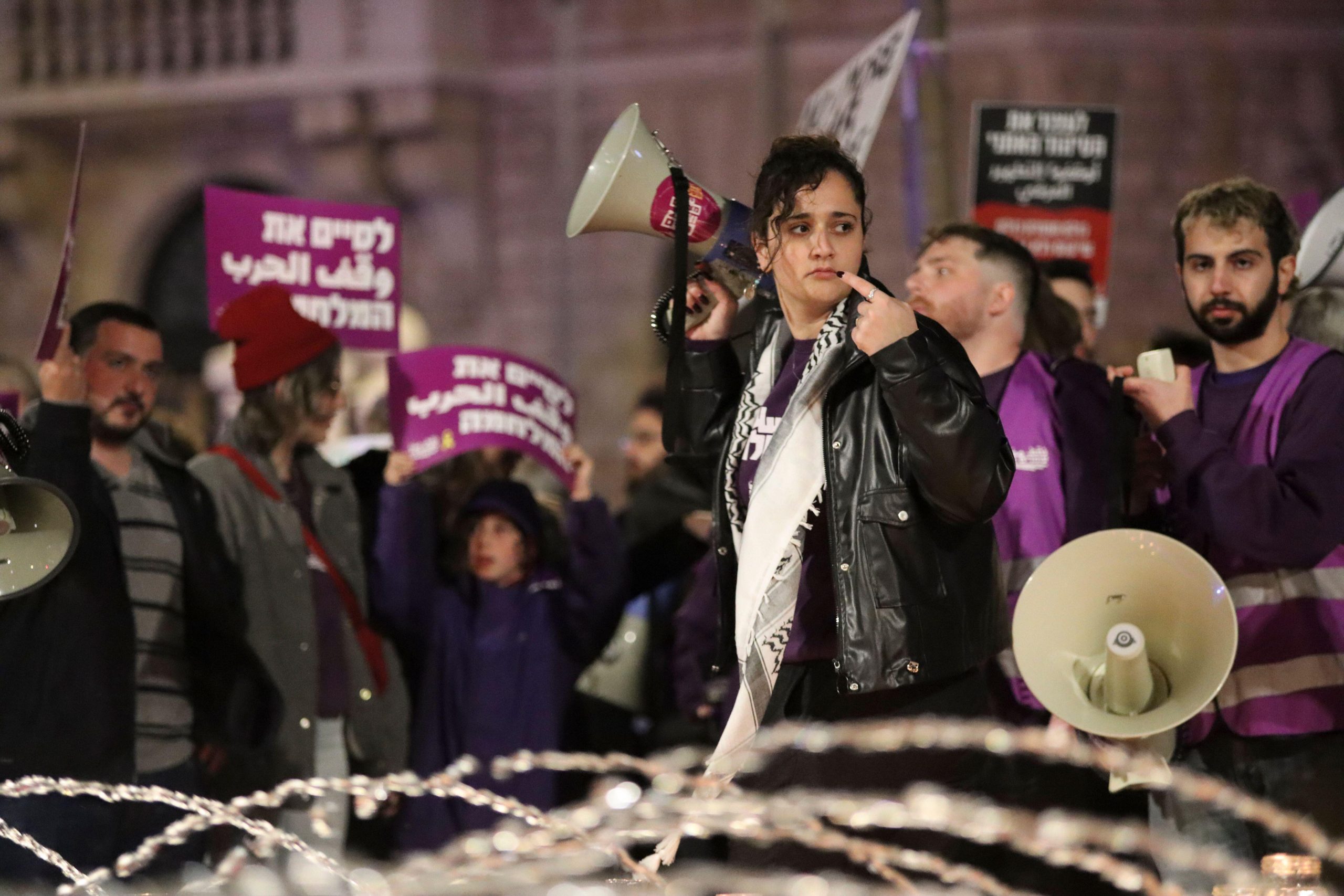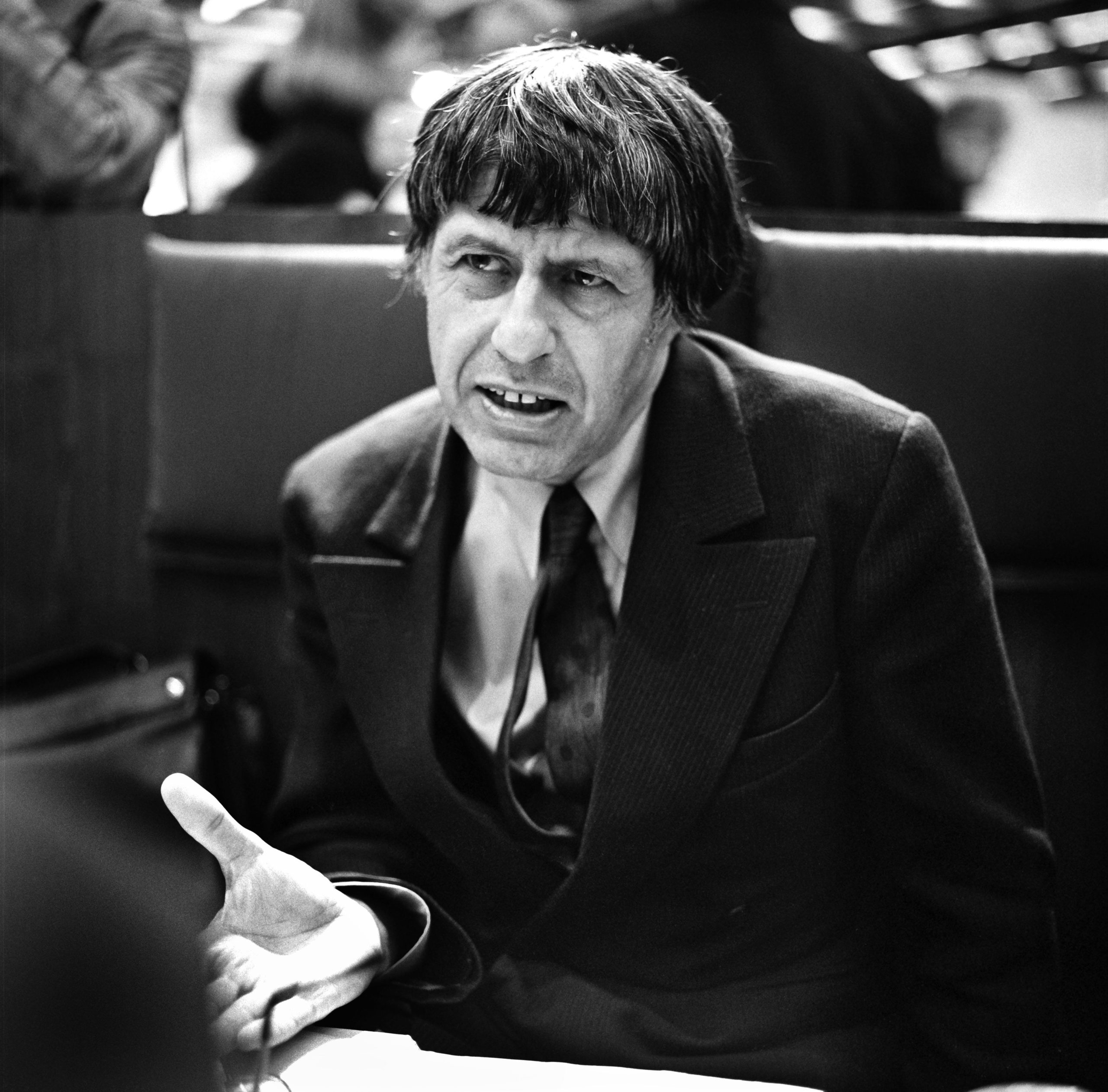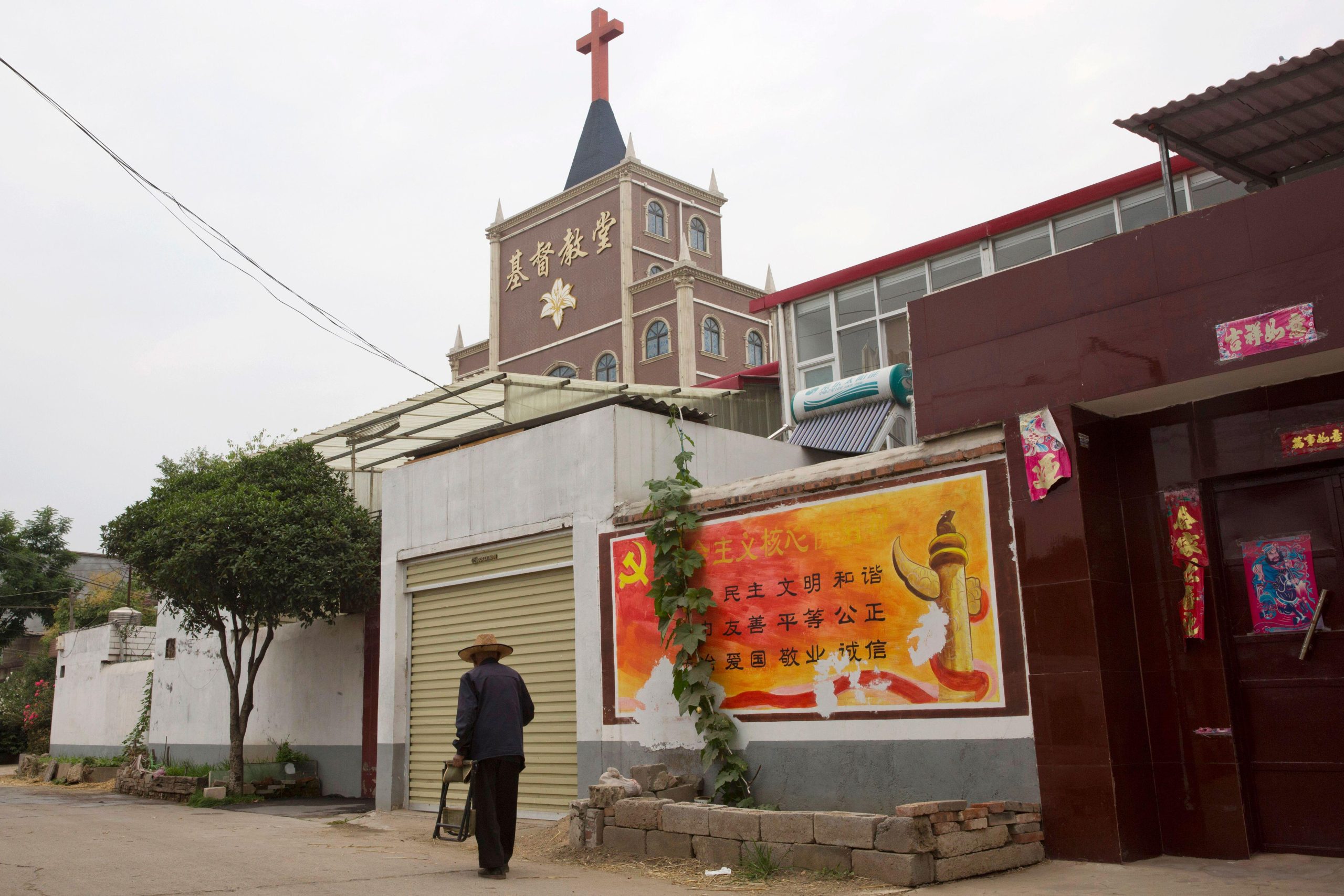[vc_row][vc_column][vc_single_image image=”108001″ img_size=”full” add_caption=”yes”][vc_column_text]
The majority of violations in Ukraine catalogued by Index on Censorship’s Monitoring and Advocating for Media Freedom project from 1 February to 30 June 2019 were categorised as physical assaults, attacks to property or blocked access. Most frequently, these actions were taken by agents of the state — whether law enforcement or other governmental structures.
The Monitoring and Advocacy for Media Freedom project has recorded 16 incidents in which journalists have been subjected to physical assaults, and 17 incidents in which journalists has their equipment and property damaged since February 2019, 4 of which are in both categories. The project’s numbers are corroborated by the National Union of Ukrainian Journalists (NSJU), which recorded 36 incidents targeting journalists since 1 January 2019, including physical assaults and attacks on property, as part of their Index of Physical Safety of Ukrainian Journalists.[/vc_column_text][vc_row_inner][vc_column_inner width=”1/4″][vc_icon icon_fontawesome=”fa fa-times” color=”black” background_style=”rounded” size=”xl” align=”right”][/vc_column_inner][vc_column_inner width=”3/4″][vc_column_text]Index on Censorship’s Monitoring and Advocating for Media Freedom project documents, analyses, and publicises threats, limitations and violations related to media freedom in Azerbaijan, Belarus, Russia, Turkey and Ukraine, in order to identify possible opportunities for advancing media freedom in these countries. These limitations, threats and violations, affect journalists as they do their jobs, so the project’s staff advocate for greater press freedom in these countries and raise international awareness.
The project builds on Index on Censorship’s 4.5 years monitoring media freedom in 43 European countries, as part of Mapping Media Freedom platform.[/vc_column_text][/vc_column_inner][/vc_row_inner][/vc_column][/vc_row][vc_row][vc_column][vc_custom_heading text=”Vadim Komarov murdered” font_container=”tag:h3|text_align:left” use_theme_fonts=”yes”][vc_column_text]The 20 June death of journalist and blogger Vadim Komarov is a severe and frightening example of the violence that Ukrainian journalists encounter in their work. Komarov was attacked with a hammer in the centre of Cherkasy on 4 May. His is the first recorded death of a journalist in Ukraine since the murder of Pavel Sheremet, whose car was blown up in 2016.
Komarov was struck in the head several times by an unidentified individual, in broad daylight, near the town’s busy central market. The assailant then fled. Komarov was found unconscious and bloodied by passers by, who called emergency services. According to the doctors who treated him, Komarov had suffered a grievous open head injury, and slipped into a coma shortly after surgery. He never regained consciousness.
Sergey Tomilenko wrote on Facebook that Komarov’s family and colleagues “don’t feel like there’s (the) necessary attention to this case.” The cause of the murder, said Tomilenko, was Komarov’s journalistic work. “The murder of Vadim Komarov is a crime against all journalists in general,” he wrote. Tomilenko called for solidarity among journalists, because “this topic is important for the survival of a journalist as a profession in Ukraine.”
The police were investigating Komarov’s attack as an “assassination attempt” prior to his death.
Komarov was known for his investigations of corruption among Cherkasy city authorities and the region’s prison system. The journalist had been assaulted in the past: on 7 September 2016, an unknown gunman shot at Komarov in Cherkasy, but the bullet missed him and hit a wall.
The OSCE Representative on Freedom of the Media, Harlem Désir, expressed his deep sorrow following Komarov’s death. “I am deeply shocked by the death of Vadim Komarov, who was brutally attacked last month in Cherkasy and suffered from serious head injuries,” Désir said. “I reiterate my call to the Ukrainian authorities to complete the investigation in a vigorous and swift manner. It is regrettable that about one-and-a-half months after the attack, law enforcement has not yet identified the perpetrators nor reported any progress on the investigation. Violence and attacks against journalists are unacceptable and must stop. Impunity would be a victory for those who wanted to silence Komarov and to intimidate the press. All OSCE participating states should take effective and resolute actions to prevent and end impunity for such crimes.” [/vc_column_text][vc_custom_heading text=”Aliya Zamchynska” font_container=”tag:h3|text_align:left” use_theme_fonts=”yes”][vc_column_text]On 20 June, Aliya Zamchynska, a correspondent for online news outlet Dumskaya, was assaulted and threatened by Yury Reznikov, Dumskaya.net reported. Reznikov is the owner of a cable car next Otrada beach in Odessa.
According to Ukrayinska Pravda, local deputies, civil activists and journalists gathered at Otrada beach to remove an illegal fence restricting public access to the beach. The video recorded by Dumskaya shows Reznikov confronting the group armed with a machine gun and threatening them. “I’m not ready to kill for private property, but I’m ready to shoot [you] in the legs,” Reznikov told them. During the episode Reznikov pushed Zamchynska, who fell to the ground and was injured as a result.
Deputy Olexander Sheremet managed to disarm Reznikov, and the police were called to the scene. They discovered that the gun had been loaded.
This is not the first time that Reznikov and his family attacked journalists and activists. In 2012, his daughter assaulted activist Zoya Melnik in front of her child. In 2014, Reznikov pushed a cameraman for Pervyi Gorodskoi TV channel into a swimming pool with his camera. [/vc_column_text][vc_custom_heading text=”Maria Gural and Volodymyr Tsyganov” font_container=”tag:h3|text_align:left” use_theme_fonts=”yes”][vc_column_text]On 13 June, two reporters from online news site Stop Corruption, Maria Gural and Volodymyr Tsyganov, were assaulted in Priluki, Chernihiv region. The attacker was identified as Olexander Chaly. Chaly is deputy head of politician Boris Prikhodko’s election campaign for Ukrainian Verkhovna Rada, the Institute of Mass Information reported.
According to Stop Corruption, the journalists were trying to access an open event where Prikhodko was meeting with members of the public. The crew were investigating alleged voter bribery and wanted to question the politician.
Olexander Chaly first tried to snatch a microphone from Gural, and then began to assault her. Tsyganov tried to protect Gural and was assaulted as well. As a result of the beating, Gural received a concussion, and Tsyganov ended up with scratches and light injuries. The police arrested Chaly and charged him with “threat or violence against a journalist.” [/vc_column_text][vc_custom_heading text=”Vadym Makaryuk” font_container=”tag:h3|text_align:left” use_theme_fonts=”yes”][vc_column_text]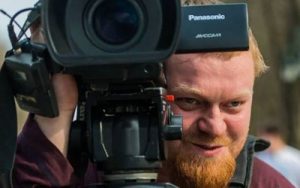
On 7 June, Vadym Makaryuk was physically assaulted during a mass brawl at Barabashovo market in Kharkiv by unknown individuals, Channel 24 reported. Makatyuk is a TV operator for Channel 24 and Visti.News,
A group of unidentified people assaulted the cameraperson as he filmed the altercation at the market. They sprayed tear gas in his eyes, smashed his face, broke his camera and took away his memory card. The clash was between the right-wing National Corps (who are Donbass war veterans) and the merchants of Barabashovo. According to the market administration, their conflict was due to a property dispute.
The journalist was taken to an intensive care unit in a local hospital, where doctors diagnosed a hemorrhagic stroke as a result of a cerebral haemorrhage sustained after the beating.
The police opened a criminal investigation into whether the incident constituted “threats or violence against a journalist”, “obstruction of journalists’ legal activities”, and “robbery”. A court in Kharkiv refused to detain a man involved in the brutal beating, saying that round-the-clock house arrest was sufficient punishment, Interfax-Ukraine reported. The court also sentenced Kozlyuk, a 26-year-old unemployed Kharkiv resident involved in the assault, to one month and 28 days under house arrest. Immediately after the hearing, the suspect’s lawyer said that he would appeal the decision. The prosecutor’s office also announced their intention to appeal.[/vc_column_text][vc_custom_heading text=”Natalia Polishchuk, Maria Petruchyk and Vyacheslav Moroshko” font_container=”tag:h3|text_align:left” use_theme_fonts=”yes”][vc_column_text]On 9 May, customs officers at the Yagodyn border crossing with Poland assaulted Natalia Polishchuk, Maria Petruchyk and Vyacheslav Moroshko, journalists working for Avers TV.
The three journalists were investigating a large shipment of amber, which was alleged to have been smuggled to Poland through the Yagodyn customs station. The reporting crew entered a restaurant where customs agents were attending a party and began asking questions about corruption and the amber smuggling. According to Avers, the officers who were present behaved aggressively and assaulted the journalists. They bruised one journalist’s finger and broke the crew’s camera, 1+1 TV channel reported.
“Two men approached me, they started tugging at me, tore my jacket, hit the cameraperson, hit the camera,” Polishchuk said. Petruchyk reported, “He (my attacker) wrestled my phone out of my hand, used brute force, my hand is damaged, he tore my journalist’s ID off me.” The officers also forcibly took the journalists’ driver’s licenses, car documents and bank cards. A customs officer told one of the journalists he would “bury her”. The journalists managed to film a part of the incident.
The police have opened criminal proceedings on three articles. “It’s about interfering with the professional activities of journalists, robbery and causing intentional light bodily injuries,” Viktor Homol, spokesperson for the National Police in the Volyn region, said. The case is now being investigated by the State Bureau of Investigations.[/vc_column_text][vc_custom_heading text=”Kateryna Kaplyuk and Borys Trotsenko” font_container=”tag:h3|text_align:left” use_theme_fonts=”yes”][vc_column_text]On 6 March, journalist Kateryna Kaplyuk and cameraperson Borys Trotsenko from the investigative TV project Schemes were assaulted in Chabany, a suburb of Kyiv. Schemes’s editor Natalie Sedletska reported the assault on her Facebook page. Sedletska wrote that the journalists had gone to Chabany village council to get information for an investigation on the illegal transfer of public land to private ownership.
The pair were filming at the council’s office, trying to interview the council secretary, when they were assaulted. Their attackers were two deputies of Chabany’s village head, Volodimir Chuprina and Yuri Bondar, as well as Valery Prisyazhny, the head of the public organisation Rozvitok Kyevshiny. In their attempt to prevent journalists from filming, these men injured Trotsenko and broke his camera.
Kaplyuk and Trotsenko called an ambulance. After a medical check-up at a hospital, Trotsenko was diagnosed with a concussion. The journalists filed a complaint with the police, who launched a criminal investigation. [/vc_column_text][vc_custom_heading text=”Lack of “political will“ puts journalists at risk” font_container=”tag:h3|text_align:left” use_theme_fonts=”yes”][vc_column_text]Despite the existence of legislation that aims to protect journalists, the NSJU said that Ukraine is notorious for impunity when crimes against journalists are committed.
Speaking at a conference held by the International Federation of Journalists in October 2018, Sergey Tomilenko, the head of NSJU, said that crimes against journalists had become the norm in Ukraine. He said that every four days there were acts of violence against journalists in the country, from brutal beatings to broken equipment.
In 2017-2018 NSJU recorded 175 physical violations against journalists in Ukraine, including minor acts of aggression and destruction of property.
Artyom Shevchenko, the spokesperson for the Ukrainian Ministry of Interior, reported on 1 March that in 2018, the police opened 258 criminal investigations on interfering with journalistic activity. In January 2019 alone, there were an additional 21 investigations. At the same time, however, only 26 out of the 258 cases related to crimes against media workers were passed on to the court.
“The lack of political will of the country’s leadership to really protect media workers leads to the fact that the attacks are not properly investigated, and those cases which still reach the court do not end with heavy punishment for the attackers”, head of NSJU Sergey Tomilenko told Index on Censorship’s project Monitoring and Advocating for Media Freedom. “Until recently, journalists, particularly investigative journalists, were viewed by officials as threats, and not as an important element of protecting democracy in the country.” Until recently, there has also been a political culture that legitimised humiliating journalists and the media, he added.
Tomilenko said that the NSJU has noticed that ordinary Ukrainians now feel emboldened to physically assault journalists. This is likely due to the toxic attitude toward the press created by government officials, he says. “Over the past year, we have witnessed an active uprising by the authorities–primarily representatives of the President, Petro Poroshenko, and parliamentarians of the political forces close to him–deliberate hostility towards certain journalists and the media, and calls to attack the so-called ‘pro-Russian’ media. This has resulted in the blocking of individual TV channels, the physical attacks on journalists during live broadcasts, parliamentary appeals to stop the broadcasting of individual media, and attempts to adopt draconian laws against the media.”
Tomilenko said that he was hopeful that the hostility toward journalists would abate in the future. “The victory of the new President, Volodymyr Zelensky, who does not use the rhetoric of hostility towards journalists and declares his support of freedom of speech and real political competition in the country, gives (me) hope that the Ukrainian authorities will not be at the forefront of those who reject the rights of journalists and the media.”
The National Union of Journalists of Ukraine has been calling for regular and transparent public reports by law enforcement agencies on the progress of investigations of crimes against journalists. Such reports could be used as a key tool in battling impunity. In addition, the NSJU is recommending special parliamentary hearings on journalists’ physical security and freedom of speech.
“This initiative, which we proposed in July 2017 on the 1st anniversary of the assassination of Pavel Sheremet, is particularly relevant today — when a new murder took place in Ukraine — that of regional journalist Vadim Komarov”, Tomilenko said.
[/vc_column_text][/vc_column][/vc_row][vc_row][vc_column][vc_custom_heading text=”Press Freedom Violations in Ukraine” font_container=”tag:h2|text_align:center” use_theme_fonts=”yes”][vc_column_text]
Number and types of incidents recorded between 1 February and 30 June 2019
[/vc_column_text][vc_row_inner css=”.vc_custom_1558428123542{background-color: #f4f4f4 !important;}”][vc_column_inner width=”1/3″][vc_column_text]
1
Death/Killing
[/vc_column_text][/vc_column_inner][vc_column_inner width=”1/3″][vc_column_text]
16
Physical Assault/Injury
[/vc_column_text][/vc_column_inner][vc_column_inner width=”1/3″][vc_column_text]
2
Arrest/Detention/Interrogation
[/vc_column_text][/vc_column_inner][/vc_row_inner][vc_row_inner][vc_column_inner width=”1/3″][vc_column_text]
2
Criminal Charges/Fines/Sentences
[/vc_column_text][/vc_column_inner][vc_column_inner width=”1/3″][vc_column_text]
6
Intimidation
[/vc_column_text][/vc_column_inner][vc_column_inner width=”1/3″][vc_column_text]
8
Blocked Access
[/vc_column_text][/vc_column_inner][/vc_row_inner][vc_row_inner css=”.vc_custom_1558428157046{background-color: #f4f4f4 !important;}”][vc_column_inner width=”1/3″][vc_column_text]
17
Attack to Property
[/vc_column_text][/vc_column_inner][vc_column_inner width=”1/3″][vc_column_text]
2
Subpoena/Court Order/Lawsuits
[/vc_column_text][/vc_column_inner][vc_column_inner width=”1/3″][vc_column_text]
1
Legal Measures/Legislation
[/vc_column_text][/vc_column_inner][/vc_row_inner][vc_row_inner][vc_column_inner width=”1/3″][vc_column_text]
1
Offine Harassment
[/vc_column_text][/vc_column_inner][vc_column_inner width=”1/3″][vc_column_text]
1
Online Harassment
[/vc_column_text][/vc_column_inner][vc_column_inner width=”1/3″][vc_column_text]
1
DDoS/Hacking/Doxing
[/vc_column_text][/vc_column_inner][/vc_row_inner][vc_row_inner css=”.vc_custom_1558428169374{background-color: #f4f4f4 !important;}”][vc_column_inner width=”1/3″][vc_column_text]
0
Censorship
[/vc_column_text][/vc_column_inner][vc_column_inner width=”1/3″][vc_column_text]
42
Total
[/vc_column_text][/vc_column_inner][vc_column_inner width=”1/3″][/vc_column_inner][/vc_row_inner][vc_separator][vc_column_text]
Source of the incidents recorded between 1 February and 30 June 2019
[/vc_column_text][vc_row_inner css=”.vc_custom_1558428178637{background-color: #f4f4f4 !important;}”][vc_column_inner width=”1/3″][vc_column_text]
0
Employer/Publisher/Colleague(s)
[/vc_column_text][/vc_column_inner][vc_column_inner width=”1/3″][vc_column_text]
7
Police/State Security
[/vc_column_text][/vc_column_inner][vc_column_inner width=”1/3″][vc_column_text]
2
Private Security
[/vc_column_text][/vc_column_inner][/vc_row_inner][vc_row_inner][vc_column_inner width=”1/3″][vc_column_text]
3
Court/Judicial
[/vc_column_text][/vc_column_inner][vc_column_inner width=”1/3″][vc_column_text]
10
Government official(s)/State Agency/Political Party
[/vc_column_text][/vc_column_inner][vc_column_inner width=”1/3″][vc_column_text]
0
Corporation
[/vc_column_text][/vc_column_inner][/vc_row_inner][vc_row_inner css=”.vc_custom_1558428186205{background-color: #f4f4f4 !important;}”][vc_column_inner width=”1/3″][vc_column_text]
11
Known private individual(s)
[/vc_column_text][/vc_column_inner][vc_column_inner width=”1/3″][vc_column_text]
0
Another Media Outlet
[/vc_column_text][/vc_column_inner][vc_column_inner width=”1/3″][vc_column_text]
0
Criminal Organisation
[/vc_column_text][/vc_column_inner][/vc_row_inner][vc_row_inner][vc_column_inner width=”1/3″][vc_column_text]
14
Unknown
[/vc_column_text][/vc_column_inner][vc_column_inner width=”1/3″][/vc_column_inner][vc_column_inner width=”1/3″][/vc_column_inner][/vc_row_inner][/vc_column][/vc_row][vc_row][vc_column][three_column_post title=”Monitoring and Advocating for Media Freedom” full_width_heading=”true” category_id=”35195″][/vc_column][/vc_row]

